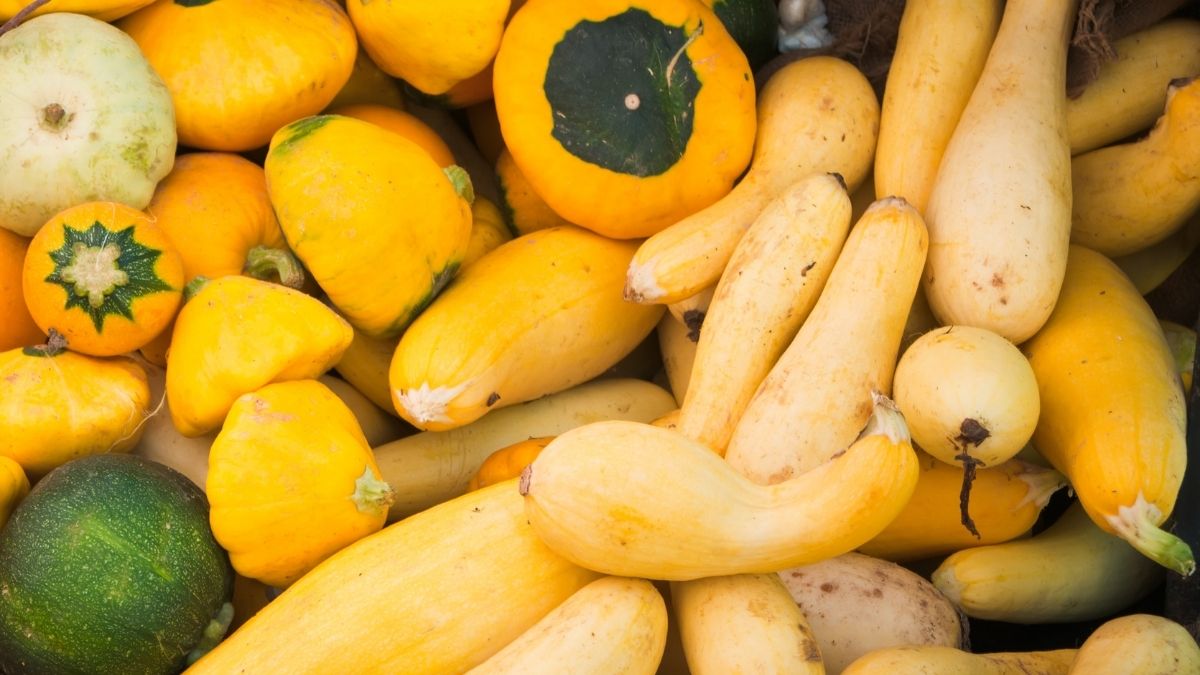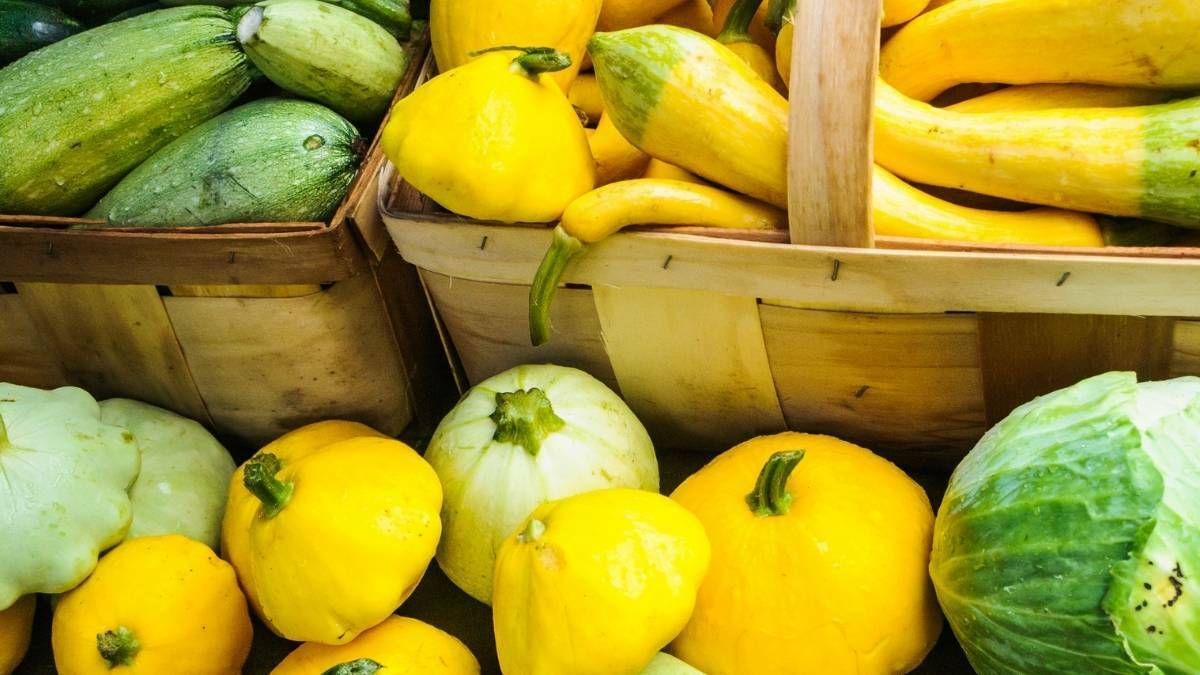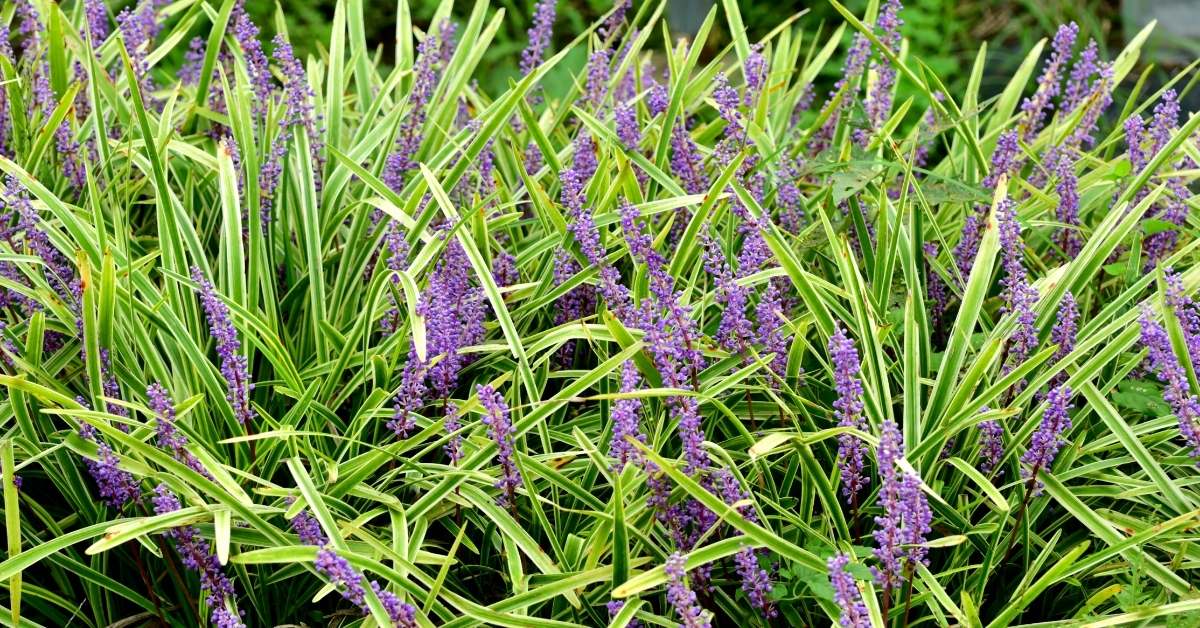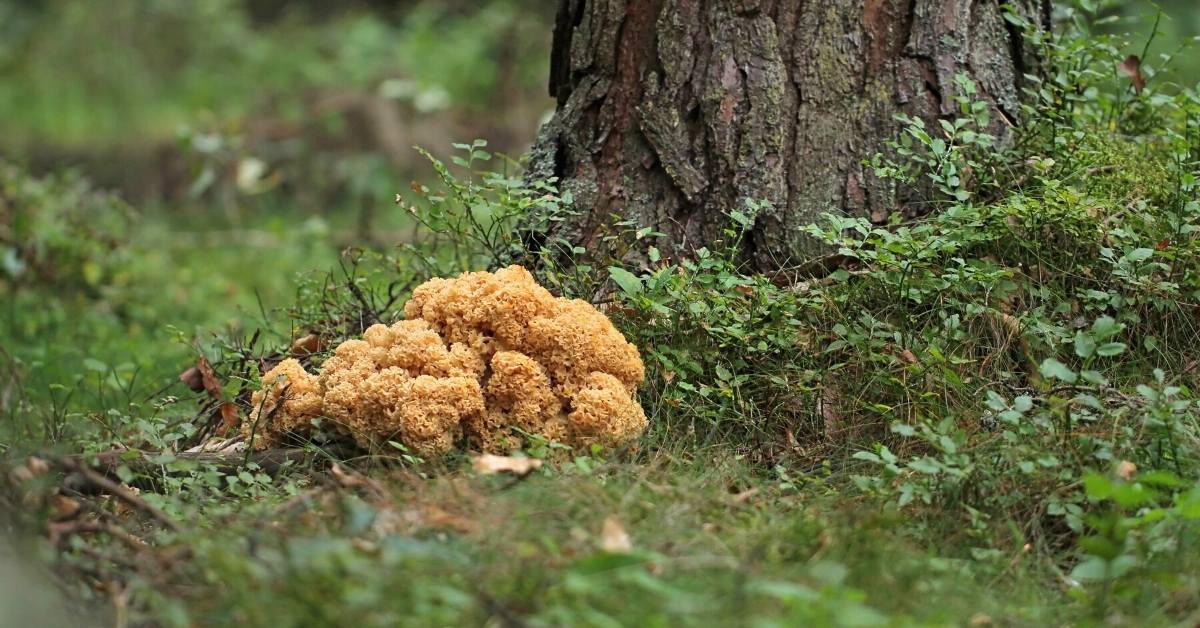Of all the plant families that lend themselves to home gardening, it’s hard to find one more heroic than the squash family. Just think of all the summertime treats that the squash family supplies: dill pickles, watermelon, cantaloupes, fried squash, zucchini bread; the list goes on and on. Here is how to grow the best summer squash from seed in your garden…
Squash is just about the easiest plant to raise, even if it is one of those “love-it-or-hate-it” veggies. Still, with such a great variety of types of squash, you’re almost guaranteed to find some kind of squash that every member of your family can love.
You might like this: Beginner Guide | How to Start a Vegetable Garden From Scratch

Although, like most plants, it does require careful weeding for the first few weeks, once the squash plant is established, the large leaves shade out competing weeds. By planting in hills, you can grow so much quicker than painstakingly dropping a single seed every few inches down a row or three.
Harvesting squash plants is always an exciting prospect; the large, visible fruit makes tending the plants one of the highlights of summer, and as long as you stay on them, you’ll never go hungry as long as there’s a squash plant alive and producing.
Their prolific nature makes it easy to become a source of squash to your friends, neighbors, and anyone you barely even know who’s willing to take them off your hands.
Growing squash is easy, and by following some simple steps, you can find that it’s even more productive than you thought. Here are 10 steps to get you to a squash harvest that you’ll want to repeat for decades.
You might like this: Best Way For Growing Tobacco Indoors
Start with proven seeds.
Squash seeds can be tricky.
Since there’s such a vast amount of genetic variation available, especially when several different squash plants have grown near one another, you’ll want to be very careful not to allow seeds to be mixed.
The best way to ensure that your squash plants are the right ones is just to buy the seeds or plants.
If you are a DIY type of person and want to save your seeds, you’ll want to take care not to mix the seeds. Also, make sure the parent plants weren’t hybrids; if they were, their offspring would not have the same characteristics as the originals.
To save seeds, find a matured fruit with a hard rind and excellent traits. If it’s a watermelon, look for the largest, sweetest watermelon you grew; if it’s yellow squash, look for the perfect specimen you can find.
Always save the seeds of the best plants to ensure that your crop grows in quality from year to year.
Once you’ve selected the right fruit from which to save your seeds, cut it open, scoop out the seeds, and wash off the pulp. On a piece of newspaper or a paper towel, let the seeds set uncovered for three days. After three days, replace the paper and let them set another three days or until they’re completely dry.
Store the seeds in an air-tight jar in a cool, dry, dark place.

You might like this: Top 7 Lawn Pests and Insects
Never plant them in the garden before frost.
There’s something about the cabin fever of wintertime that can make it tantalizingly tempting to hit the garden during that first deceptively warm snap in the spring.
Although some plant families can tolerate large fluctuations in temperature, squashes aren’t one of them. Any conventional squash plant that is set in the garden too soon will rarely live to see its first blossom. You’ll step into the garden after a late frost to see your bright green seedlings are now a drab olive-gray, mushy, and fallen like a popped balloon.
If your green thumb is itching to get a jump on your squash planting, go ahead and plant some indoor seedlings. You can easily transplant your squash plants into the garden after all danger of frost is gone with the winds of March and the pounding April showers.
Make sure your eyes aren’t bigger than your stomach.
With squash plants, a little goes a long way. For most families, three or four hills of any variety should be plenty for enjoying fresh, preserving, and sharing with non-gardening friends and family.
Plant in healthy soil.
Squash plants are susceptible to various diseases and mildew problems as well as bug infestations. The best defense is a good offense, and the best way to prevent these problems before they occur is to give the plant the best soil possible to make it healthy and thriving.
You’ll want to use good compost, fertilizer, and plenty of water as the summer progresses. Even more fundamental, you’ll want to make sure you aren’t planting a member of the squash family where one grew last year. Doing so can result in doubling the pest and mildew problems and half the soil productivity it might have had.
Instead, try to plant where a legume grew formerly. The nitrogen in the soil will help to make your squash plant even more vigorous.
Use companion planting to keep insects beneficial.
Plants like borage, daisies, and marigolds can attract beneficial insects. Some of these insects, like bees, are useful for pollinating your plants.
Others, like praying mantises, are predators that will prey on those annoying squash beetles.
On top of these benefits, adding these flowers will serve to make your garden even more beautiful.
Use natural pest prevention.
Other than using companion planting to control your pests, you have many other options for keeping pests at bay besides resorting to sprays that can affect the healthfulness of the produce.
One of the simplest, though admittedly time-consuming, methods is to locate the tiny, metallic-colored squash bug seeds on the undersides of the squash leaves. These should be easy to spot; there’s usually quite a number altogether in a bunch. Pinch the seed clusters off the seeds and dispose of them far from your garden.
Another way to reduce insect pests is to introduce insect predators. Purple martin houses can invite purple martins, which will help rid your garden of mosquitoes. Coffee grounds and coffee beans can also deter insects as well as unwanted four-legged creatures from your garden.
Don’t give weeds the light of day.
As soon as your squash goes in the ground, be vigilant about weeds. Although they seem insignificant initially, they’ll never be easier to remove than when they’re small. An easy way to remove weed seedlings is to rake over the ground and loosen them from the soil. Just make sure to avoid uprooting any of your squash plants.
If you keep weeds out for the few short weeks before your squash plant is matured, the squash’s leaves will take over once it’s grown. You’ll forget weeds were ever an issue as you search under the broad, shady leaves in search of dinner.
Harvest early and often.
With most summer squashes, the best produce is picked when it’s small and tender.
Try to avoid letting your yellow squash, zucchini, and cucumbers grow larger than seven inches. They’ll taste much better, they’ll be more tender, and they will produce much more fruit than if they’re allowed to grow big enough to make seed.
Ensure adequate pollination if the fruit isn’t forthcoming.
If your squash plants look healthy but never actually produce a harvest, watch them carefully to see if they’re getting pollinated. Although this is usually the bees’ job, you can pinch-hit and do the pollination yourself.
First, check out the blossoms of your squash plants. You’ll notice that the male flowers and the female flowers are different. Female flowers have a small knob under the flower that can grow into a fruit, and male flowers grow on a long stem that will never produce fruit.
As in other realms of nature, the male fruit must contact the female fruit for pollination to occur. Simply remove the male flower and rub it onto the female flowers you find at the plant base. The male flowers can be battered and fried, and you aren’t wasting a single future squash by doing so.
Get creative with your cooking.
As much as you may like fried squash or zucchini bread, these veggies are so versatile you need to experiment the avail yourself of all these nutritious plants have to offer. After all, when the squash starts producing, you can plan on eating it – often!
Try stuffed squash, squash casserole, hibachi-style zucchini, and pickled squash. If you’ve grown watermelon and cantaloupes, try making watermelon rind pickles or spiced canned cantaloupe.
By honing your skills as a squash grower, your general gardening knowledge will be significantly increased. You’ll discover you know how to improve plant production, approach pest management naturally, and save your seeds wisely by taking advantage of each of these squash secrets. Happy planting!


